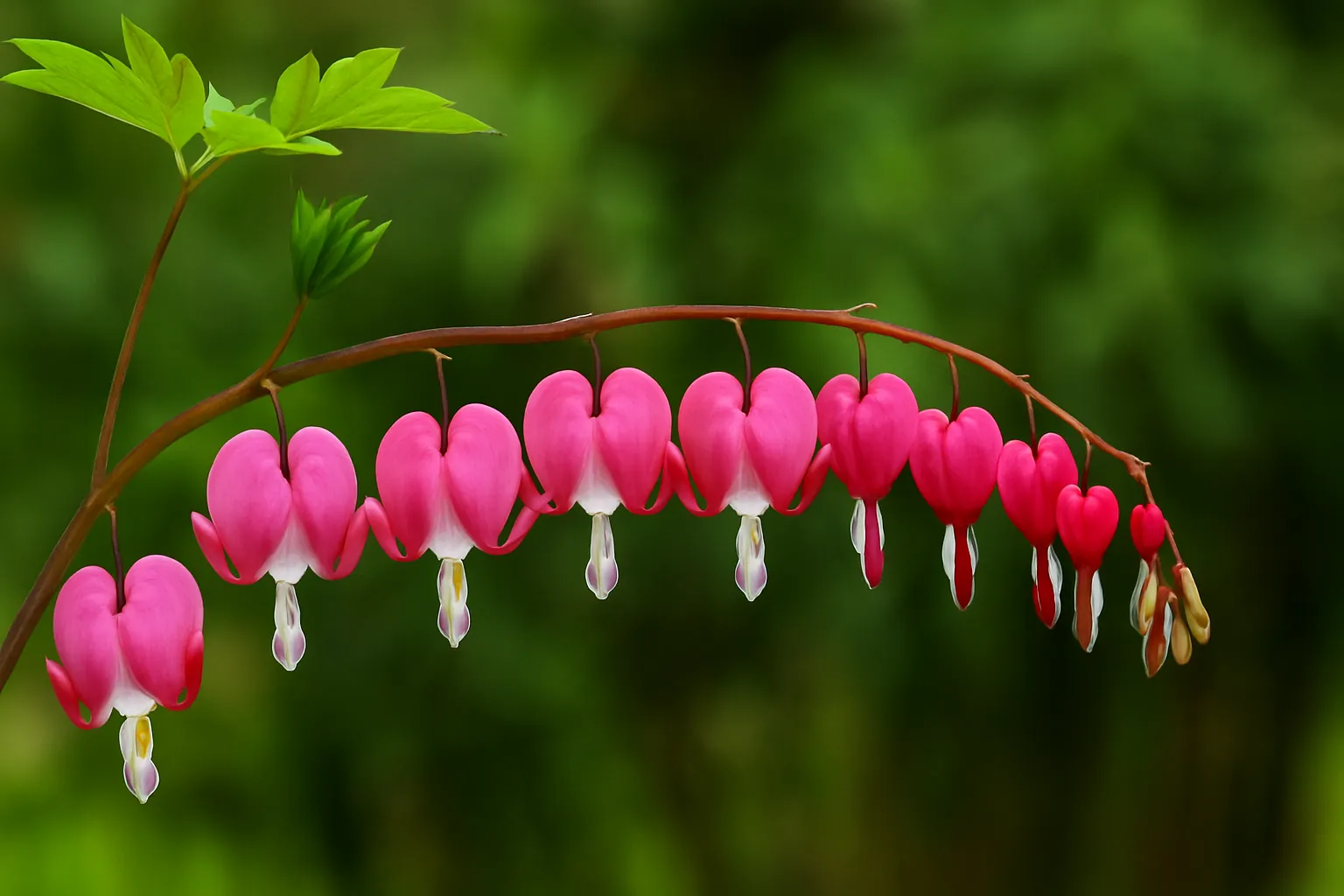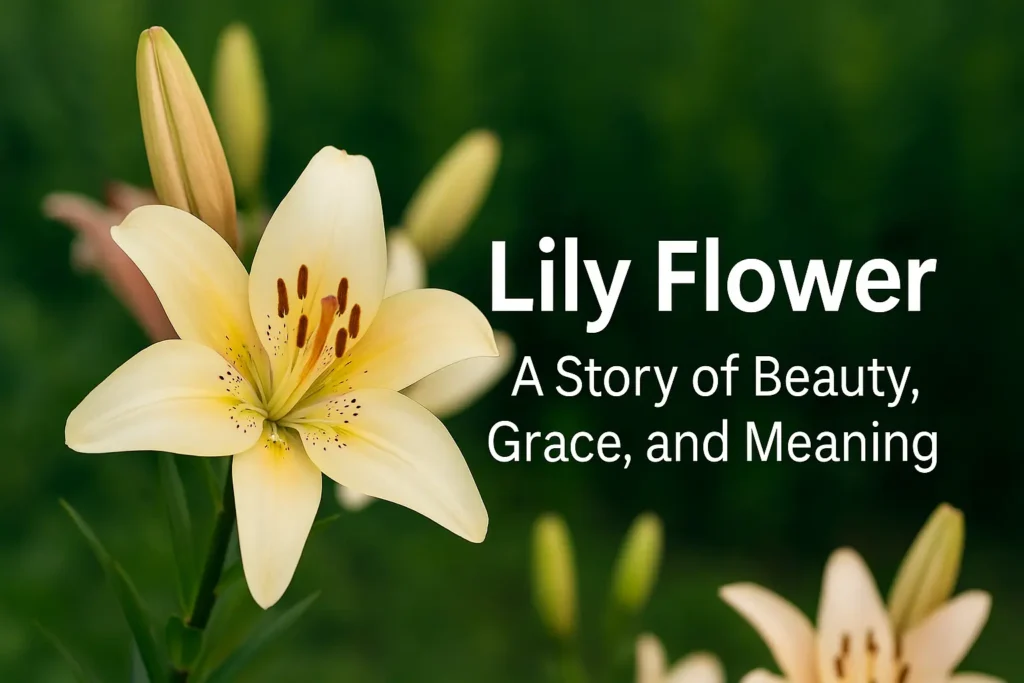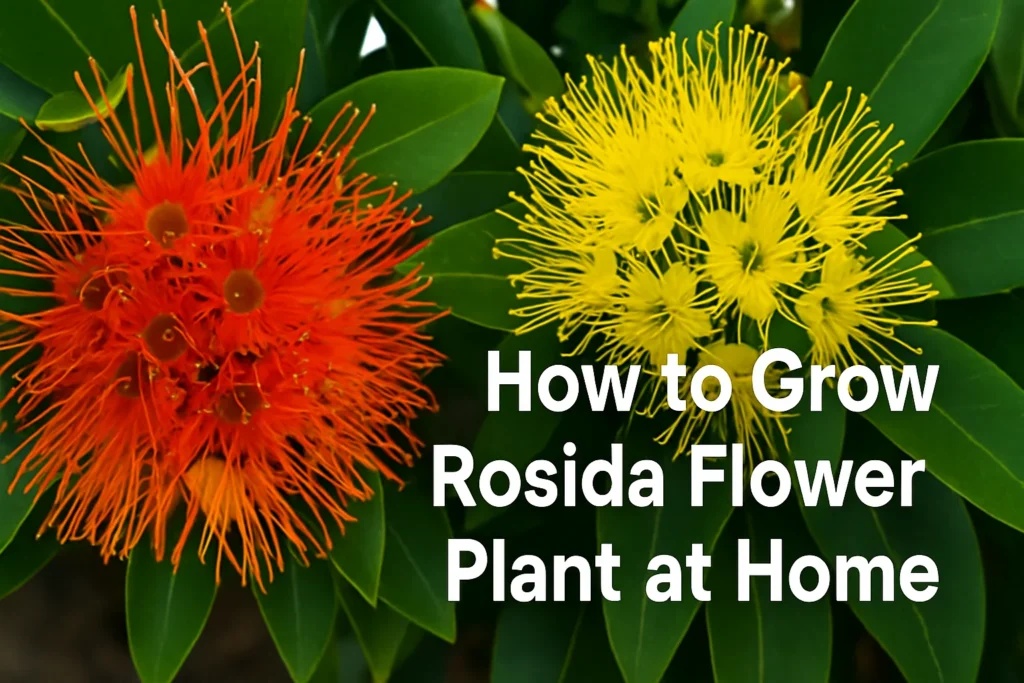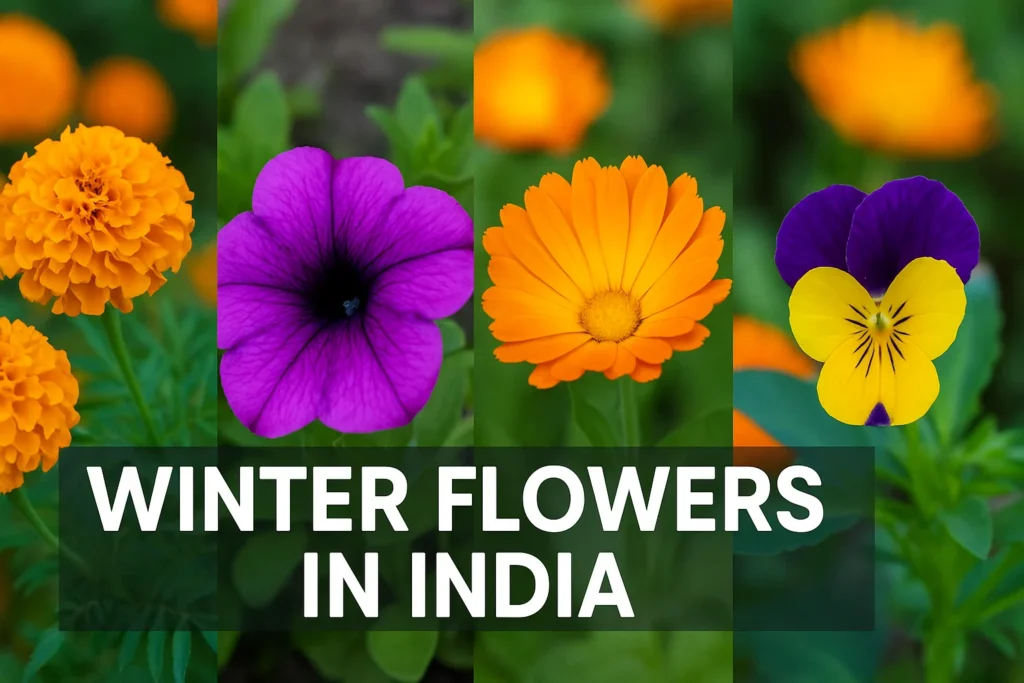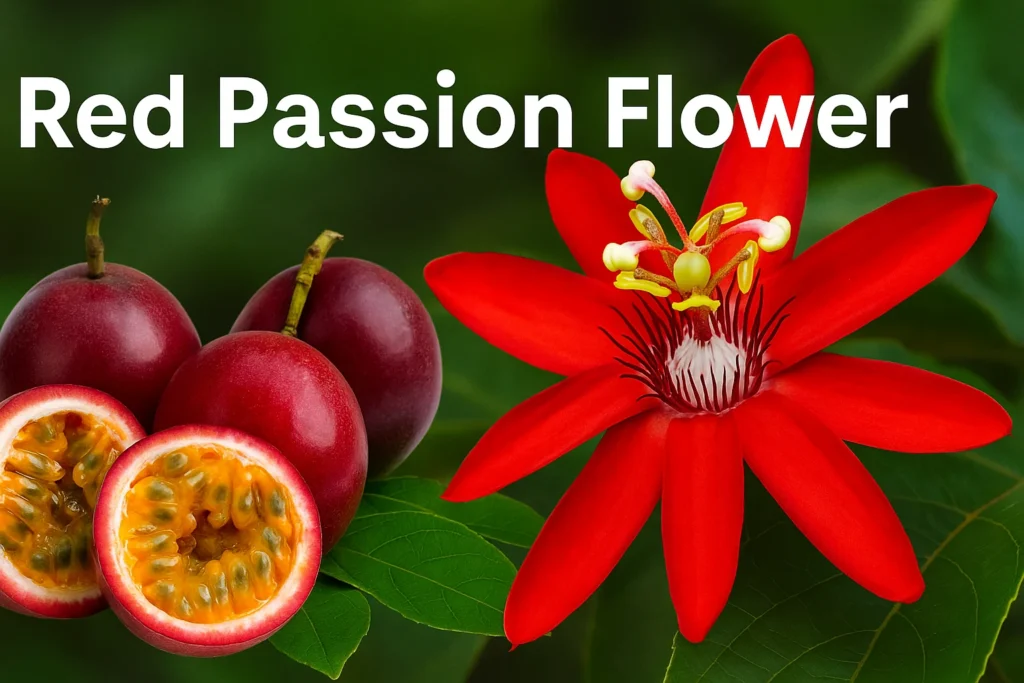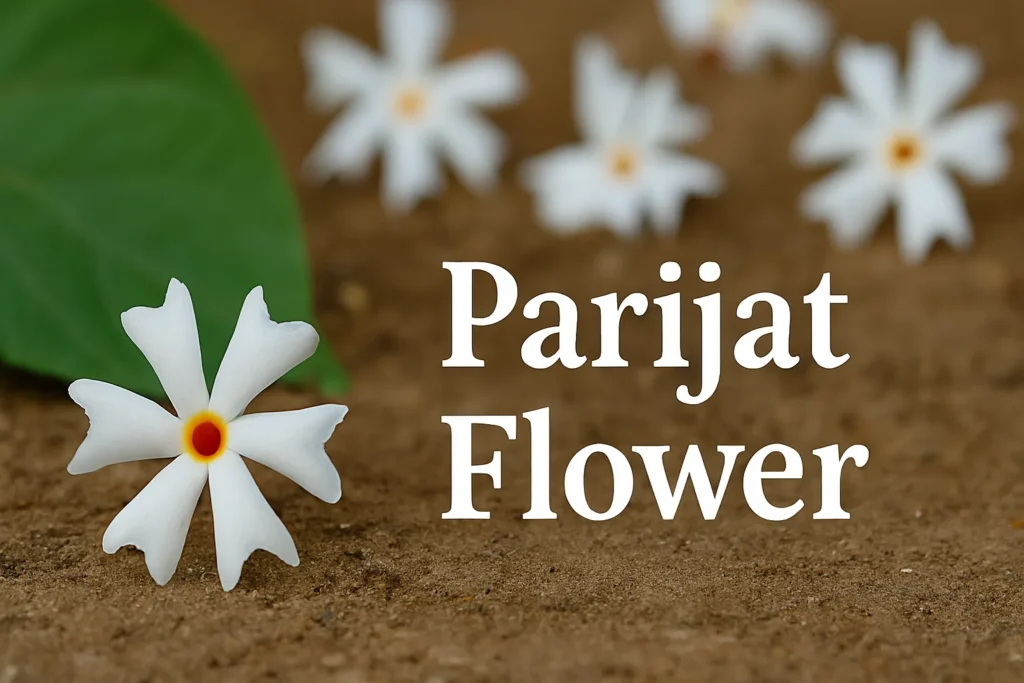Some flowers instantly capture the heart, not just with their beauty but with the stories they seem to tell. The bleeding heart flower is one such bloom — a plant so poetic in appearance that it looks like nature’s own love letter. With its delicate, heart-shaped petals and graceful droop, it brings a soft romantic touch to any garden. Whether you are a seasoned gardener or a beginner, this is a plant worth knowing about.
What is the Bleeding Heart Flower?
Before we dive into growing tips, let’s explore why the bleeding heart has such a strong pull on garden lovers. Its distinctive flowers, often pink and white, resemble tiny hearts with a tear drop, making them a natural conversation starter. While the classic variety is pink, you can also find a rare red bleeding heart flower, which is equally captivating.
This plant is not just about aesthetics. It also attracts pollinators, making it an ally in maintaining a healthy garden ecosystem. Its charming blooms last for weeks in the spring, giving you a long window of beauty.
Bleeding Hearts Types and Varieties to Explore
Like many beloved flowers, the bleeding heart comes in several forms. Each variety has its own unique charm:
- Classic Bleeding Heart Plant (Dicentra spectabilis): Known for pink outer petals and white tips.
- White Bleeding Heart: A pure, angelic version that stands out against green foliage.
- Bleeding Heart Vine (Clerodendrum thomsoniae): A tropical climber with white outer petals and striking red centers.
- Bleeding Heart Tree: Found in warmer climates, with blooms similar to the vine but on a woody structure.
Some gardeners also experiment with pairing bleeding hearts alongside other vibrant blooms like the chrysanthemum flower, which creates a dramatic color contrast in garden beds.
Choosing the Right Spot for Your Bleeding Heart
Location matters more than you think. Bleeding hearts prefer a shady or partially shaded area, especially in hot climates. In cooler regions, they can handle more sunlight but still appreciate afternoon shade. The soil should be rich, well-draining, and slightly moist. Think of the forest floor; soft, fertile, and never dry for too long.
If you’re planting a bleeding heart vine plant, remember that it will need some form of support like a trellis or fence to grow gracefully. The vine’s climbing nature can also make it a lovely companion plant near your porch, where its blooms can be admired up close.
Planting Bleeding Heart Flower the Right Way
Getting your bleeding heart plant off to a good start ensures healthier growth and more blooms:
- Soil Preparation: Mix compost into the soil before planting to enrich it.
- Spacing: Give each plant enough breathing room, about 18–24 inches apart, to allow airflow and reduce disease risk.
- Depth: Plant crowns about 2 inches below the soil surface.
For gardeners who love tropical beauty, mixing bleeding hearts with climbers like the bougainvillea flower in larger landscapes can create a layered, visually stunning effect.
Bleeding Heart Care Essentials
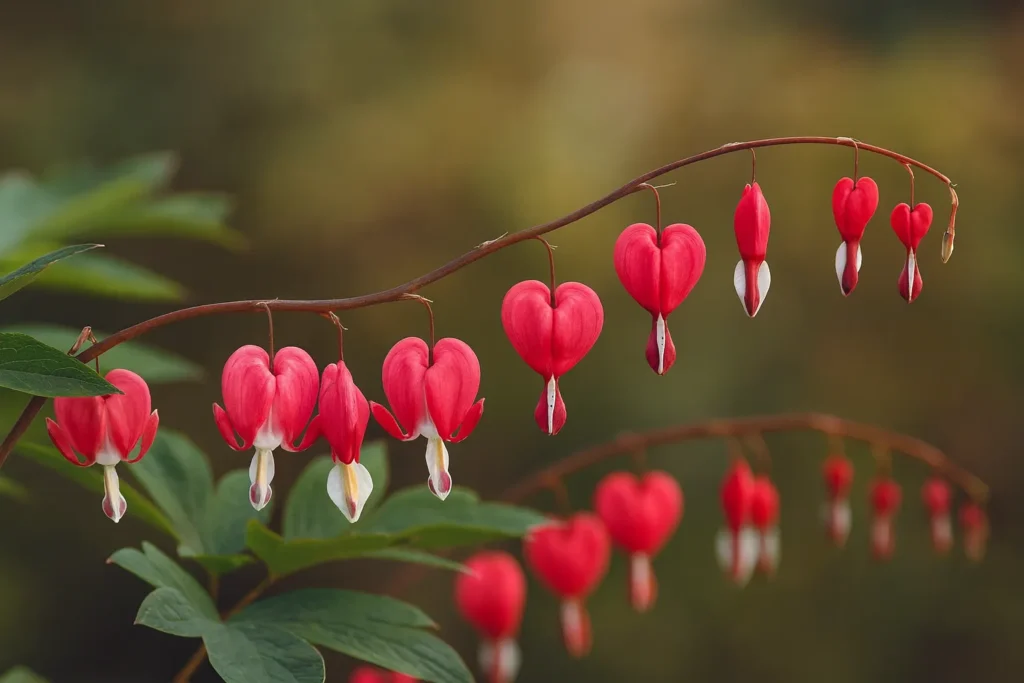
Once planted, bleeding hearts are fairly low-maintenance, but they do have preferences. Bleeding heart care focuses on three main needs:
- Watering: Keep the soil consistently moist but never waterlogged. In summer, mulch around the base to retain moisture.
- Fertilizing: Apply a balanced, slow-release fertilizer in early spring.
- Pruning: Cut back stems after the plant’s blooming season ends to encourage healthy regrowth.
If you are caring for a bleeding heart creeper, be sure to trim it regularly so it doesn’t overpower nearby plants.
Interestingly, gardeners often use companion plants like the parijat flower to enhance seasonal beauty and create fragrance-rich corners.
Managing Pests and Diseases
Bleeding hearts are generally resilient, but you should still watch for pests like aphids and spider mites. Slugs can also be a nuisance, especially in damp, shaded areas. A mild insecticidal soap or neem oil spray usually keeps problems under control.
Fungal issues may arise if the soil stays too wet. Good drainage and proper spacing help prevent this. For climbing varieties like the bleeding heart vine, ensuring airflow around the plant is essential for avoiding mildew.
Propagating Bleeding Heart Flower
Propagation is an exciting way to expand your collection or share with friends. Bleeding hearts can be propagated through:
- Division: Best done in early spring or after flowering.
- Cuttings: Particularly for vine and creeper varieties, softwood cuttings root well in moist soil.
Some gardeners also enjoy experimenting with plant pairings. For instance, placing bleeding hearts alongside medicinal herbs like the avarampoo plant can bring both beauty and utility to your green space.
Seasonal Care and Dormancy
One thing new growers should know: bleeding hearts naturally go dormant in summer after blooming. Don’t panic if the foliage turns yellow and dies back — it’s just the plant’s way of resting. In tropical varieties like the bleeding heart vine plant, dormancy may not be as noticeable, but growth can slow down during extreme weather.
If you’re designing a balcony or window garden, combining bleeding hearts with safety features like a window invisible grill can allow you to enjoy the view without worrying about safety, especially if the plant hangs near an open space.
Creative Ways to Showcase Bleeding Heart Flower
Bleeding hearts look wonderful in:
- Shady garden borders
- Woodland-style gardens
- Hanging baskets for vine varieties
- Trellis designs with mixed blooms
For a striking look, try planting them near unusual foliage plants like the nikodia plant, which adds texture contrast.
Common Mistakes to Avoid
Many first-time growers make the mistake of overwatering or planting in full sun. Both can shorten the lifespan of the plant. Another common error is not accounting for dormancy, leading to unnecessary replanting when the plant would have regrown naturally the next season.
If you are growing the bleeding heart tree, ensure you give it enough space, as it can develop a broad canopy over time.
Final Thoughts
The bleeding heart flower is a timeless favorite for gardeners seeking romance and charm in their landscapes. From the graceful droop of the flowers to the easy-going nature of its care, it rewards you with beauty season after season. Whether you choose a classic variety or a more exotic vine or tree type, learning the nuances of bleeding heart plant care ensures your garden will keep hearts blooming year after year. Pair it thoughtfully with other plants, give it the right conditions, and you’ll have a floral display that tells its own love story.

